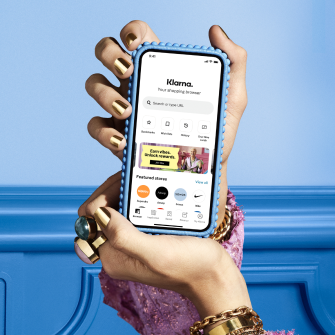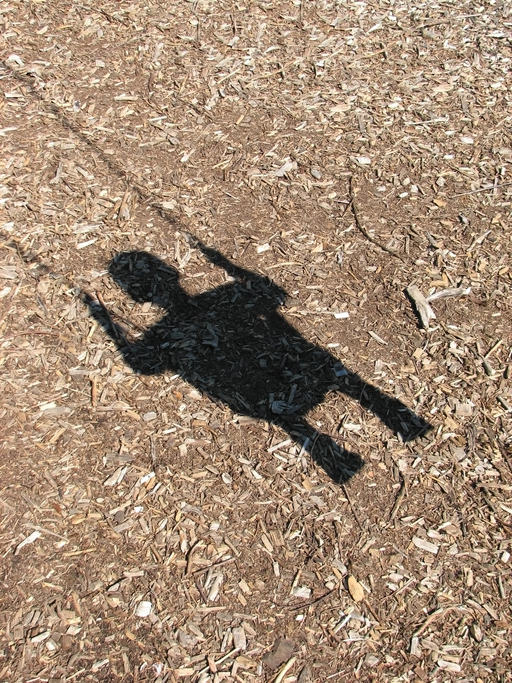If you’re looking to create a play area in your garden, you may be wondering what is the best surface to use. There are lots of things to consider, from how easy the surface is to maintain to how well it’ll break a fall – and different surfaces may suit different kinds of play areas. Taking the time to weigh up your options can help make building your play area go as smoothly as possible.
Best surfaces for children’s play area in the garden
So what are your options? There are lots of different play area surfaces available, all with a range of benefits and drawbacks. Here, we’ll look at two types of playground surface – chippings and grass – with synthetic and natural examples of each.
Bonded rubber chippings
Bonded rubber chippings create an artificial surface that’s used in many play areas. The spongy rubber material softens any falls and helps to reduce the risk of injury while using the play area.
Benefits:
- Colourful – bonded rubber chippings often come in a variety of colours with patterns available as well, so your play area can be as vibrant as you like.
- Environmental impact – typically, bonded rubber chippings are made from recycled materials.
- Easy to maintain – with very little upkeep required and a surface that’s quick and simple to clean, you won’t have to spend all your weekends keeping it up to scratch.
Drawbacks:
- Artificial – if you’re going for a natural look, you may struggle to achieve it with bonded rubber chippings.
- Hot surface – in summer, artificial rubber surfaces can absorb heat from the sun, which could result in burns if children touch the surface with bare skin.
Soft wood chippings
Soft wood chippings are a natural alternative to rubber chippings that fulfil much the same purpose. Wood chippings usually come in sizes of around five to 35mm grade.
Benefits:
- Well draining – building a wood chip playground gives a permeable surface that allows rainwater to drain through to the ground.
- Weed suppression – a layer of wood chippings should stop weeds from growing up through your play area.
- Natural – this type of surface should blend in with the surroundings to reduce the visual impact of your play area. Wood chippings are great for natural playgrounds!
Drawbacks:
- Not colourful – wood chippings usually come in their natural brown colour, so if you’re looking for something vibrant and colourful, another option may be better.
Grass
Grass is… well, it’s grass. Using a grass surface for your play area can be a great option, especially if you’re building a natural playground for your children.
Benefits:
- Low cost – for most, you can use the grass that’s already in your garden.
- Easy to implement – in fact, it’s as simple as putting your play area onto the grass rather than having to install a different surface.
- Natural – because nothing says natural like your existing garden turf.
Drawbacks:
- Hard surface – although it may be comfy enough for sitting, grass can be painful to land on. It’ll be even harder in dry or cold weather.
- High maintenance – grass gets worn out quickly with little feet running around, and worn out grass turns to unattractive, messy mud. You’ll also need to think about raking, watering and mowing the grass regularly.
- Drying time – grass can often take longer to dry than other surfaces as the soil absorbs water and becomes mud. To avoid slips and slides, your children may need to wait longer before going out to play.
Artificial grass
Artificial grass, or artificial turf, is an option for playground surfacing that gives the ideal aesthetic results of natural grass without the burden of constant maintenance.
Benefits:
- Cost-efficiency – although artificial turf costs more to install initially, it’ll save you money in the long run in terms of upkeep.
- Good for allergies – since it’s not real grass, artificial turf doesn’t produce pollen, so it may be better than natural grass if your children have allergies.
- Natural aesthetic – unlike real turf, artificial grass won’t wear out or go brown.
Drawbacks:
- Safety – in order to achieve the desired fall protection, you may need to install additional layers of padding below your artificial turf, such as rubber chippings.
- Hot surface – like bonded rubber chippings, artificial grass is prone to absorbing lots of heat from the sun.
How to lay playground surface
To lay any playground surface, you first need to know the size of the area. Mark out where you’d like your play area to be and measure its length and width. Then you can multiply the two numbers together to get the area of your playground. For rubber or wood chippings, you’ll also need to know how deep you’ll be laying them – at least 20cm should provide ample fall protection.
This should tell you how much you’ll need of your desired surface. For chippings, multiply your playground area by the depth of chippings to get the volume. For artificial or natural turf, simply knowing the area should be enough.
From here, you’ll want to make sure your ground is well draining. If it isn’t, you may consider adding a layer of sand before your play area surface to help rainwater drain away. Finally, you can lay your playground surface of choice. Make sure your surface is level and even to help prevent trips and give your children the best play area experience.





